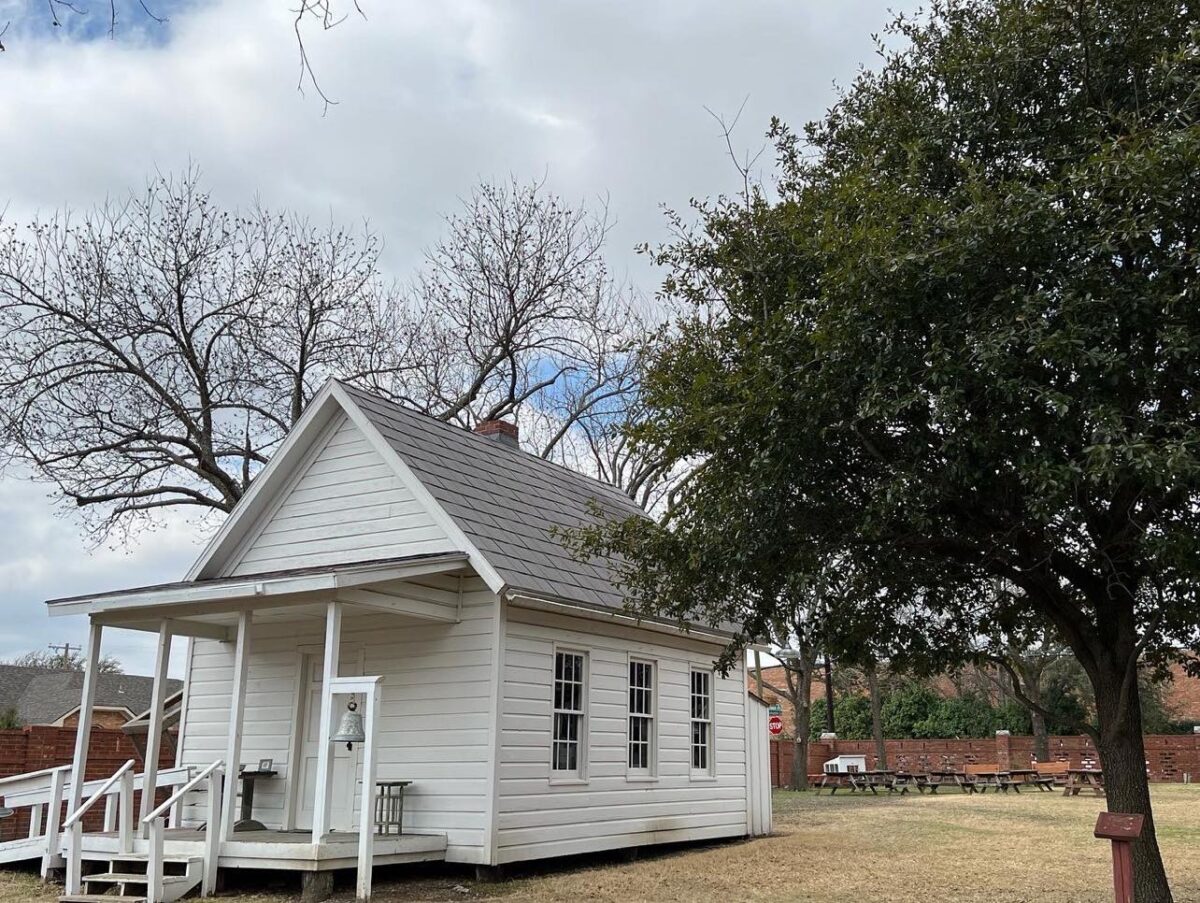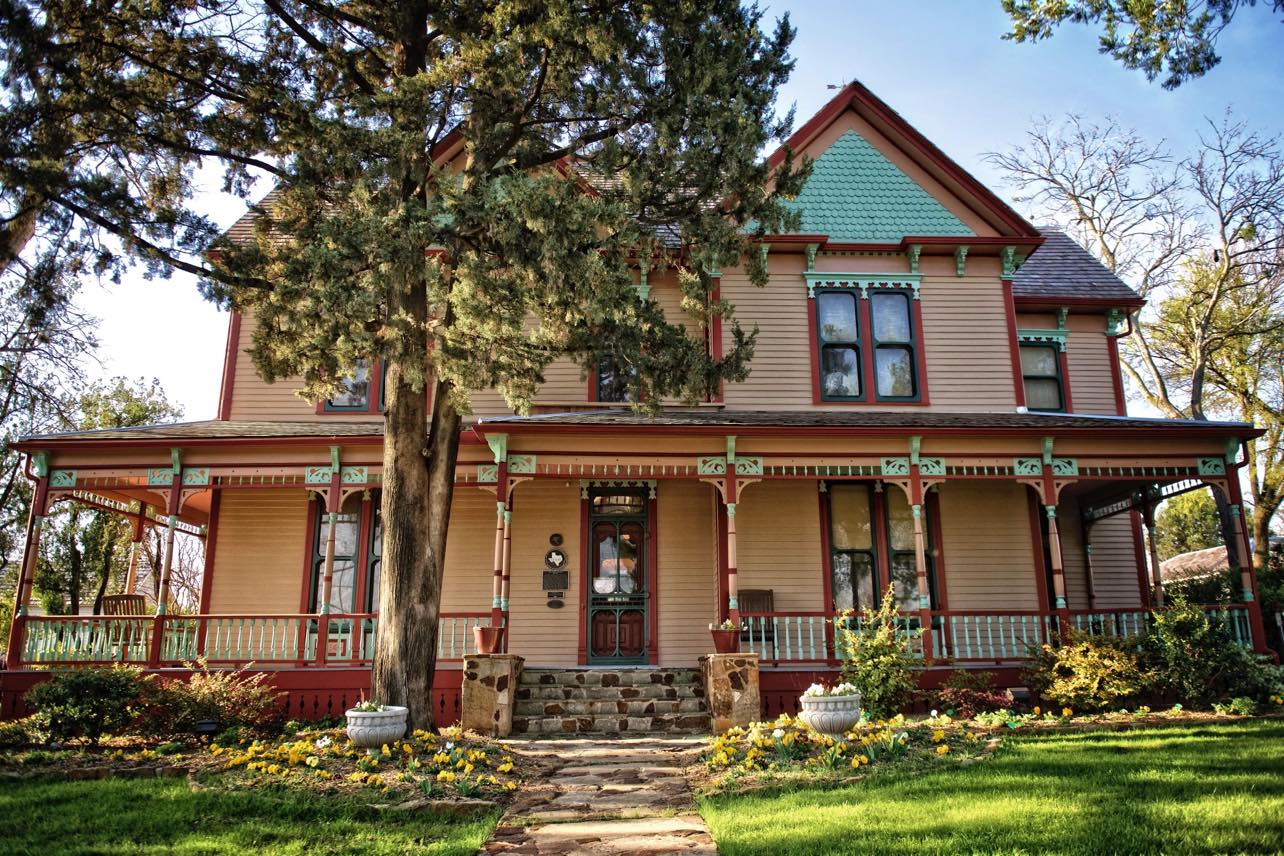COLLECTIONS
Experience the Blackland Prairie


The Heritage Farmstead Museum is comprised of 15 historic buildings on the original 4-acre site. Explore the grounds and learn about the restored 1891 Wilson House, 1895 Pole Barn, Young House, Schoolhouse (reproduction) and livestock.
Collections
The Farmstead has a variety of furniture and domestic items from the Victorian Era. All items, if not belonged to the Farrell-Wilson’s, belonged to other prominent Plano family members from the time period or are Victorian Era replicas.
Some notable items include: a William Morris chair, a leader in the Arts and Crafts Movement; a Sanger Bros. Victrola; various irons from the 1800’s through the early 1900’s; and an early telephone from The American Bell Telephone Company.
Tools for all kinds of craftwork were part of daily life on Blackland Prairie Farms in North Texas. We have on display: farming tools and equipment; curing tools; livestock management tools; and potting tools and equipment.
The Farmstead also has a working blacksmith’s shed to show and demonstrate the trade and tools of a blacksmith shop in Victorian Era North Texas. Blacksmith demo only available at select special events.
The Young House was built by one of Plano’s original settler families, the Sam Young family, who moved to the area from Illinois in the 1840s.
Interestingly, it exhibits building techniques and materials of a time period earlier than the 1880s. Raised up on bois d’arc posts, the Young House can be considered a late example of the Gothic Victorian three-gable style, very basic but still considered grand for its time and place.
Gladys Young, the last inhabitant of the home and daughter of its builder, lived in the Young House her entire 94 years without the benefit of indoor plumbing. Electricity was run to the home only a few years before Gladys Young passed away in 1998.
Permanent Exhibits
The current exhibition is our comprehensive and representative overview of Blackland Prairie farm culture and history from about 1890 to 1936.
This renowned region’s most colorful, nostalgic era of history literally comes to life on its best preserved, authentic, still-standing 4-acre farmstead site.
A farmer’s fortune directly resulted from his own hard work and that of his family’s. The values of independence and discipline have fueled our nation’s tremendous growth and prosperity in all areas of life.
The Farrell-Wilson house was built in 1891 and most of the outbuildings were built in the 1890s and early 1900s
Support the Farmstead
As a non-profit, we thrive off of the contributions of our local community. Your contribution, no matter how big or small, makes a big difference in our farmstead.